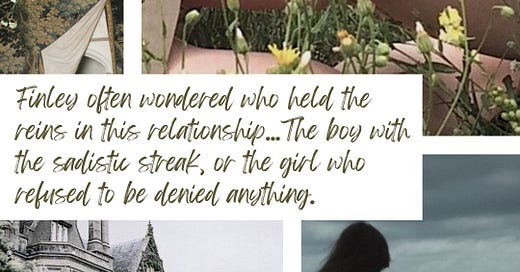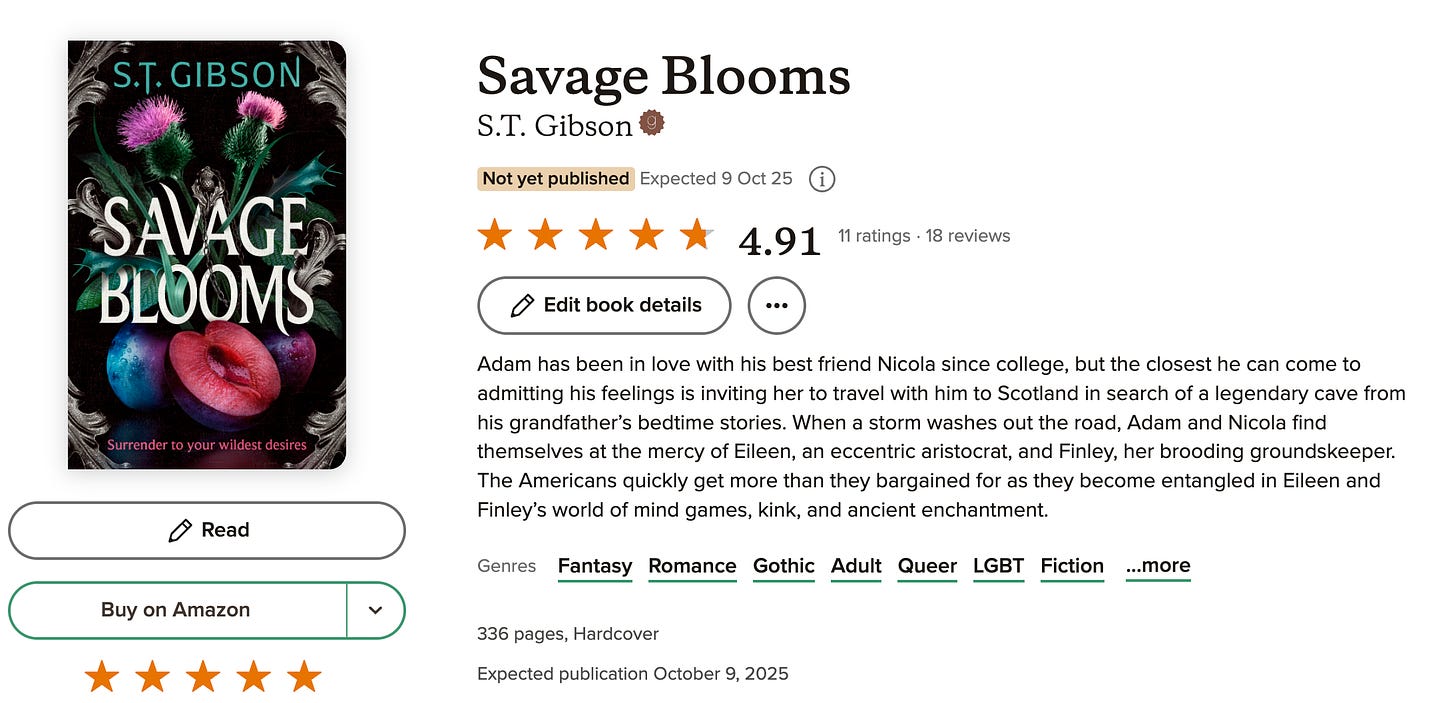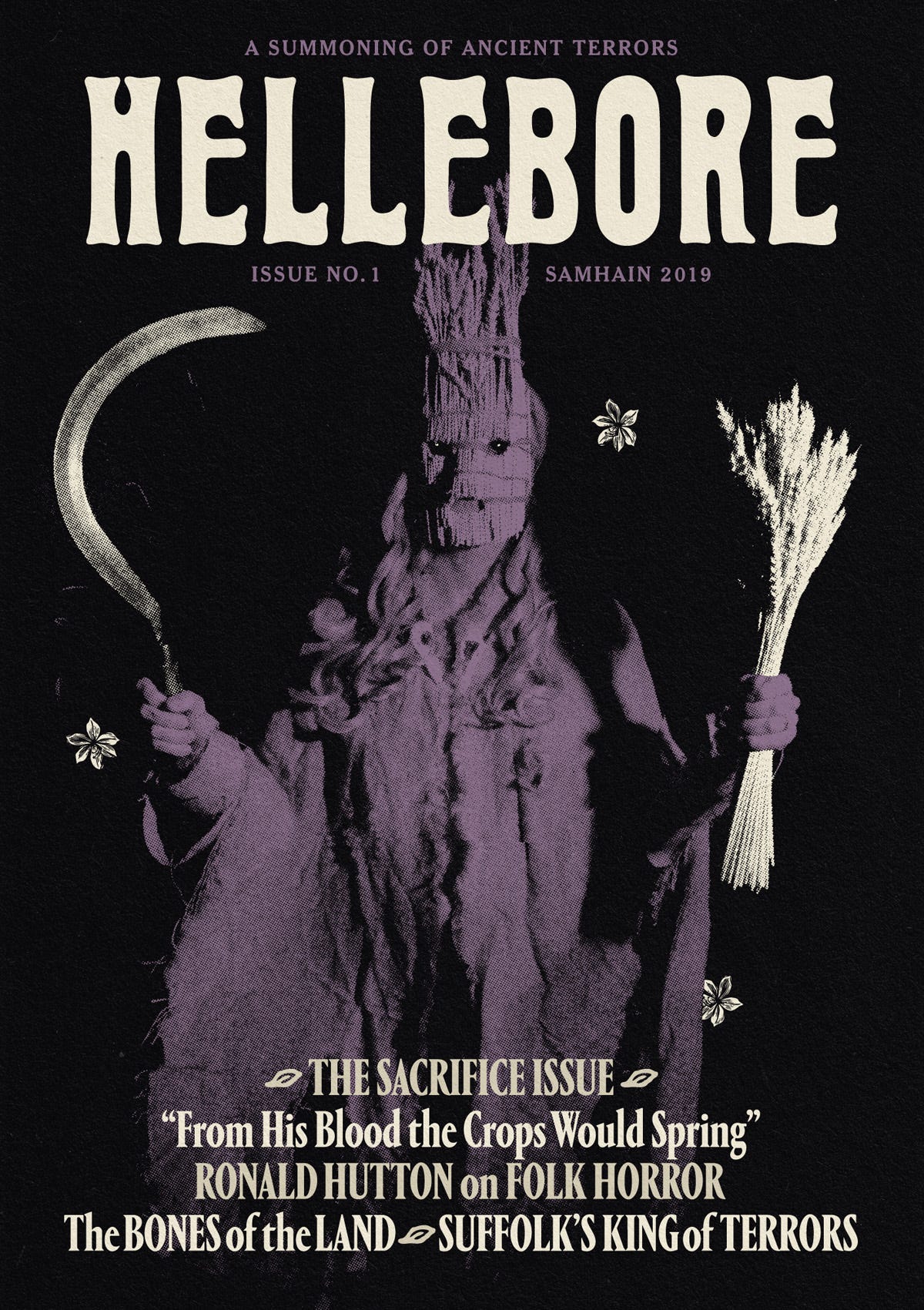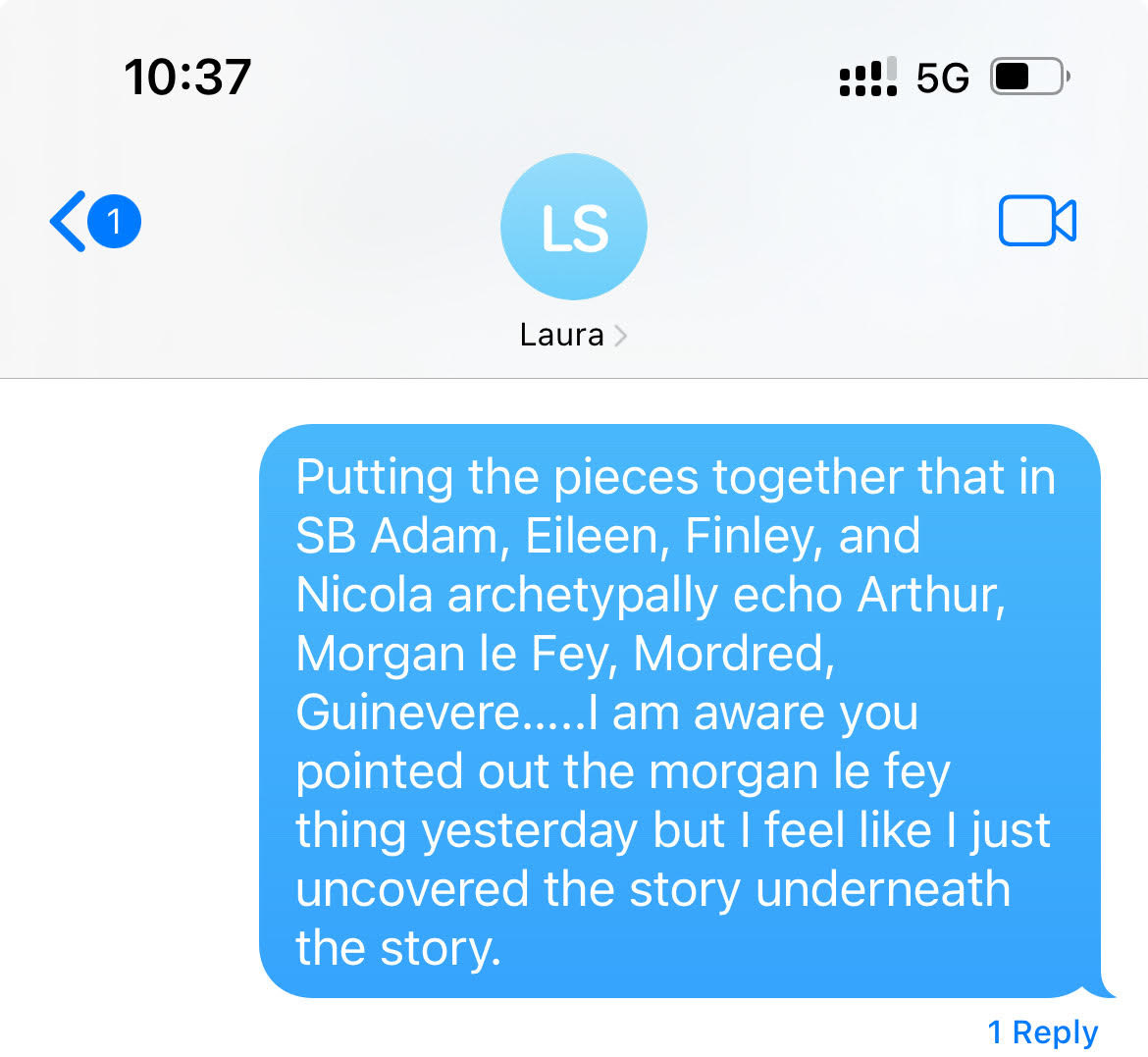Hello, dear reader! I’m overjoyed to share that SAVAGE BLOOMS, my gothic, folkloric fever dream of a why choose romance, is now available to request on Netgalley US, and soon to come on Netgalley UK! Now that people are actually reading this 464 page kinky behemoth, I wanted to share some of the inspirations and research behind the book with you, and talk about my personal strategy for gathering research to support fiction writing.
Before we get started, request your digital arc of SAVAGE BLOOMS on Netgalley US! I you don’t have a US Netgalley account (or even if you do!) please considering adding the book to your to-read shelf on Goodreads; it really helps more people find my work!
If you’re excited to read this one and want to secure that final copy, please preorder! Preorders help authors get more marketing support, sell their next books to their editors, earn out faster so we make royalties sooner, and sometimes even hit bestseller lists. If you upload proof of preorder to this nifty little form, I’ll send you an exclusive bonus chapter the week of release as well <3
Alright, those are our links out of the way. On with the show!
Drawing From the Unconscious Well
The thing about conducting research for a novel is that you’ve been doing it since you were born. Every fact we learn, every story we hear, and every experience we have gets filtered through all the other facts and stories and experiences in our brain, making lightning-fact electrical connections in our synapses. Sometimes, we may even be drawing from literary traditions we aren’t fully aware of (more on that later) when we invent our own tales.
So, when it comes to conducting conscious research, I think it’s more a matter of adding specificity, fact checking, and filling in gaps in your brain’s existing knowledge, since whatever story you’ve chosen to tell has probably emerged from those existing pathways. We don’t need to reinvent the wheel, or build an entire narrative structure from the ground up. As a Jung girlie, I’m a big proponent of trusting your unconscious mind’s storytelling instincts, and letting the symbols, motifs, and themes that emerge in your work guide you into deeper research and reflection.
I’ll say this right at the top: you don’t need to know everything about the time period, geographical region, or social system you’ve decided to set your story in — you just need to know enough. As a matter of fact, if you set out to learn everything, you will get buried underneath an avalanche of books and podcasts and JSTOR articles and probably fry your brain to a crisp without even putting a word on the page. Remember, so much of what you need is already within you. Let’s not make more busywork for our brains just to feel completionist about our learning.
I’m sure authors who write heavy historical fiction or hard sci fi need to immerse themselves more in the nitty-gritty of their subject matter. But as a character-driven author of more squishy, slippery genres my main concern is interweaving enough fact into my tapestry of fantasy to bring the themes into sharper relief. Everything I do is in serving of making making the characters feel more real, their transformations more hard-won and earned.
Choose Your Medium
Listen to me very closely: I do not care what you see on dark academia tiktok, the best research medium for you is the one that helps you ingest and retain information. Whether that’s checking our reference texts from your local library in person or scrolling through tabs on your phone in bed, it’s all good. Personally, I research best when I can see words on the page and underline them, so I often buy secondhand copies of books I don’t feel bad about banging up and annotating, and print out articles that I can highlight. I also like reading chapters from academic books I can blow up on my big monitor and leave in an open window for weeks, working through at my own pace.
Gather Your Materials
There are two main ways to approach this process: one is to make yourself a syllabus at the onset of the project of materials you’d like to work through as you write, adding or subtracting at you go. The other is to research responsively, pulling materials as you encounter a need for them or a curiosity about the subject. Both have merits! With SAVAGE BLOOMS, there were a couple of books at the outset I knew i wanted to read, but everything else was responsive.
So, what materials made it onto my list?
full length books
The Invisible Commonwealth by Robert Kirk. This is THEE primary source documenting folk beliefs about the supernatural from the 17th century Scottish Highlands. Thank you to Elizabeth May for suggesting this one to me, it’s very load-bearing in the development of the magic system of SAVAGE BLOOMS.
Gothic Incest: Gender, Sexuality, and Trasnsgression by Jenny DiPlacidi. This was a double winner because WUTHERING HEIGHTS, one of my tentpole inspirations for SAVAGE BLOOMS, was often featured in DiPlacidi’s analysis of a theme I wanted to weave through SAVAGE BLOOMS (listen there’s not incest in SB but there’s not not incest, it’s complicated — just check the CWs). It was also a good primer on other gothic works in thematic conversation with each other, and into sociological and psychological research into generational trauma, abuse, and healing.
Queens of the Wild: Pagan Goddesses in Christian Europe by Ronald Hutton. I was most interested in the chapter on the cultural history of the faery queen here. Even though my faery queen became a faery king in the final draft, the character is still underpinned by traditions regarding a supernatural sovereign. I knew the faery regent was newer and more French and English than the older Scottish folktales I was drawing from, so it was nice to cherrypick from that tradition while knowing where the cherries where coming from.
The Celts: A Skeptical History by Simon Jenkins. An alternate take on the concept of “Celtic nations” which share linguistic and cultural similarities. Not sure if I agree with everything Jenkins put forth here but he did a great job showcasing just how complex and distinct and dynamic so many Celtic cultures were (and are!). I think preserving specificity and context in the populars imagination is always good.
The Folktales of Scotland by William Montgomerie and Norah Montgomerie. A collection that I browsed for inspo and pleasure. It helped me reconnect to narrative conventions that make modern writing feel more like an old British Isles folk story, like repetitions of threes, riddle logic and prophetic framing, endings that echo beginings, and so on.
music
I wanted to weave in callbacks to faery lover stories like Thomas the Rhymer and Tam Lin, both of which originate in Scotland, but I was more interested in remembering how they made me feel than digging into grounded research about them. I listened to Anais Mitchell and Jefferson Hamer’s musical setting of the Tam Lin Child Ballad over and over again because it’s so agonizingly angsty-sweet and magical. It brought me back to that feeling.
I then curated a huge playlist of music, including some folk songs, that immersed me in the atmosphere of SAVAGE BLOOMS. It’s not trimmed and streamlined for sharing yet but oh look a public spotify link for those who read my essays through, wow, how did that get there.
maps
In regards to geographical research… I looked at a lot of maps, people. I zoomed in on Google images of Arisaig and the surrounding western highland coastal region so many times I lost count, and I zoomed in on my pictures I had taken of the place too, and I looked up the flowers and rocks and trees that I had seen there. I was lucky to have been able to visit the region myself five years ago, and to have been back to Scotland twice since. If you cannot yourself walk outside your door and look at Scotland at the moment, enjoy very cool chapter about the topography of the southwestern highlands.
spoken language
Capturing Scottish spoken cadence and accents was really done by ear, mostly by me eavesdropping on people in pubs and talking to my Scottish friends. I have a decent head for the rhythm of language and always have. That said, I know the accents in SB aren’t totally right, as it’s something you can only become fluent in through immersion, but I tried to modify dialogue in revisions to keep the characters from sounding like Highlander romance stereotypes or BBC actors speaking in RP. I’m not sure which one would have been worse! I largely avoided Scots words for fear of getting them wrong, but I’m hoping to incorporate more of that in future books, especially since I’ve deepened my relationships with some native speakers who I can run things by.
history and architecture
So much of history is preserved in architecture, and this is another area in which I was spoiled to have been able to visit Scotland and explore real homes, pubs, castles, coach houses, churches, and manors. I became fascinated by the triple hares motif in church carvings and coats of arms (which GRANTED is found much more frequently in England and rarely in Scotland —I will own up to doing a little cultural flattening here but Eileen’s family has intermarried with English aristocracy for centuries, let me cook) and incorporated the motif heavily. Eileen’s family insignia features a leaping hare, hares are both prey animals and hypersexual producers of new life just like our characters, the trio of hares evoked so much intertwined doomed by the narrative multiplicity and ancient mystery…I could not resist. I devoured so much Hellebore Magazine while writing SAVAGE BLOOMS, which bled in at the edges as well. It’s dedicated to the folklore, folk horror, and occult history of Britain and its such a gorgeous, high quality magazine. I own physical copies of every edition.
novels
To each their own, but I don’t re-read the novels that sparked my inspiration when I’m working on my own book. It’s too easy to compare my work to another person’s, or to accidentally mimic another author’s voice, or to see the way they structured their plot as the only way such a plot should be structured. It ruins by ability to hear and tust my own creative instincts. So I didn’t re-read the Thornchapel Series or UNDER THE PENDULUM SUN or THE SECRET GARDEN or even WUTHERING HEIGHTS while I was drafting, but I did identify which themes stuck with me from those works, and I put my own novel into conversation with the questions they raised.
Bringing What Is Buried To The Surface
I’ve spoken about the Arthuriana of it all in another free newsletter installment, but not how I realized that Savage Blooms is not quite a Camelot story, but rather a gothic written over a palimpsest of where a Camelot story once was. I only discovered the understory when I found myself coming back again and again to kingly language for Adam. I felt so compelled to use the symbols of crowns and swords when he was on screen. It was very the prince that was promised, very the crownless again shall be king, without spoiling too much.
The Arthur connection was one I could see, but I also knew that I was only seeing part of it, like the first flower from a plant with deeper roots. When my dear friend Laura Samotin was reading an early draft she texted me: “loving the Adam as Arthur comparisons. I’ll bet Eileen sees herself as Morgan le Fay.”
That unlocked conscious awareness of the Arthurian motifs I had been drawing from unconsciously all through the writing process, the sort of rhythm and rhyme of character that seemed totally intuitive, but only because I was writing new lyrics on top of a very old song, one I had heard a long time ago.
This isn’t a Camelot story. It’s a new song, with new characters and a new challenge to be overcome. But if you listen closely, you’ll hear the chords of an older ballad beneath, one about a quest and a throne and the bitter hatred that can grow only from familial love.
Once I realized this, I stared re-familiarizing myself with the Camelot stories, picking my cherries if you like. I enjoyed reading a number of JSTOR articles on Arthuriana, especially on the role of queerness in Gawain and the Green Knight and Morgan le Fay as a trangressive feminine figure. I also adored “king arthur, who we will never allow to die” by Emily Spinach right here on Substack.
That’s all I’ll say about that for now. Everything else will have to be unravelled in the tale’s full telling.
In Defense of Depth
This essay isn’t exactly a how-to on finding and organizing research for a novel, but I hope using myself as an example shows you how inspiration can come from anywhere, and how it’s always better to go deeper with a handful of sources than go too wide on a full reading list of sources that aren’t as intrinsic to the your story. Most of these books took me weeks to read, or months, because I was taking them slowly. I would pick them them up here and there to highlight a few pages, or read a chapter over lunch. I wanted them to drip into my brain gradually, instead of flooding my system with data. Personally, I think it helped the information integrate into my novel’s themes and characters and structure more fully.
If you made it this far, thank you for reading! I’d love to hear about your own research processes and strategies in the comments below. And if you’d like to make sure you get my twice-monthly behind the scenes craft essays, publishing advice tips, and arts, culture, and spirituality writing from me, hop onto the paid tier of this newsletter.
That’s all I have for you this week my gorgeous dreamers and decadents! I’m working on an in-depth week in my life as a full time writer essay, but it may be coming next month since I caught some kind of nasty cold after Imaginarium and am not exactly on my regular schedule right now. So your next paid essay this month will be ~surprise~. Regardless, i’ll be back in your inbox soon with more essays, goodies, and secrets.
Be safe and well until we two meet again.
-S









I LOVE when creatives nerd out about research!!! It makes me feel a little less crazy in my own creative process. For me, as a musician first, the sonic atmosphere is always the most important for me. I find the things that ground me in the place of the story (like the setting, a little bit of the history, and broad strokes of what everything might look like) but finding how the breath of the creature (i.e the story itself or individual characters) moves helps me see what the holes in my research of place might be or what explanations I need to find. Once the characters or certain plot points find me, I can begin to see their rhythm and what song they want to sing. I am still quite a young writer but this process works fabulously for the poetry I write and the stories that find me.